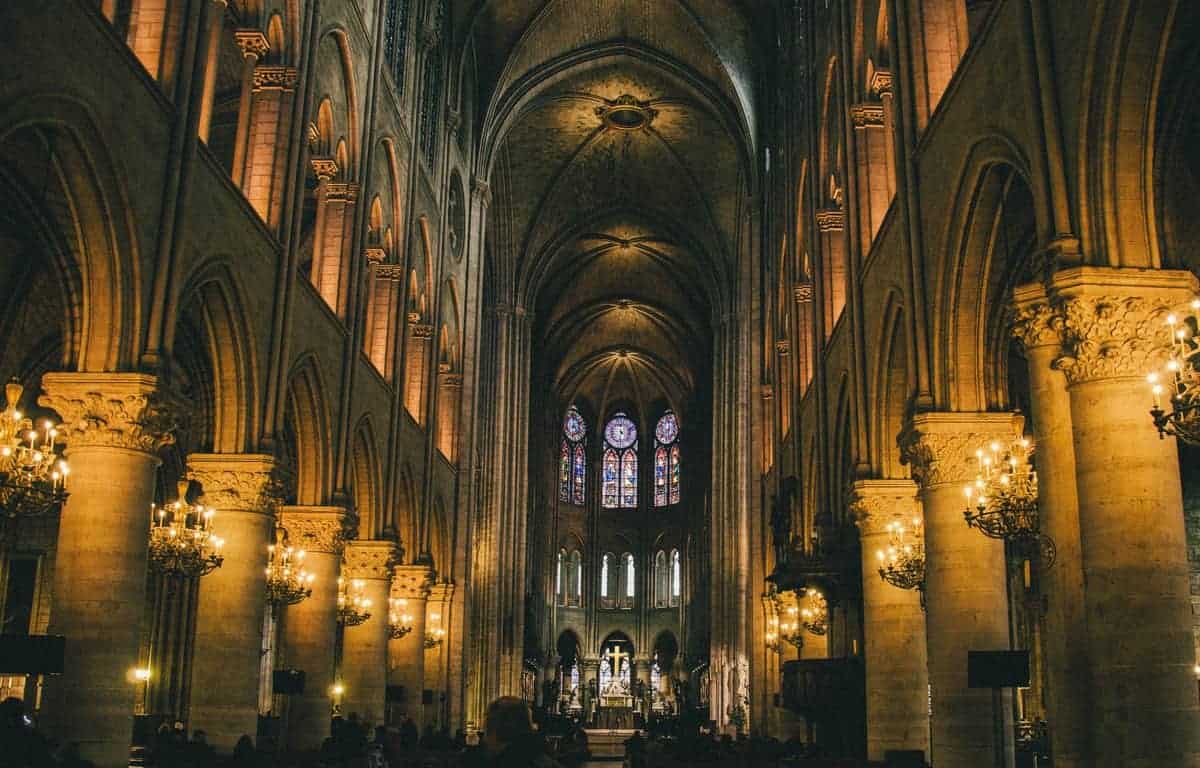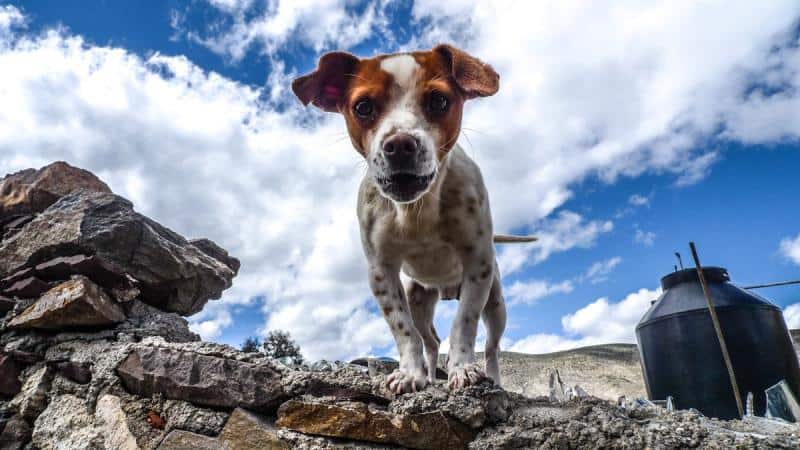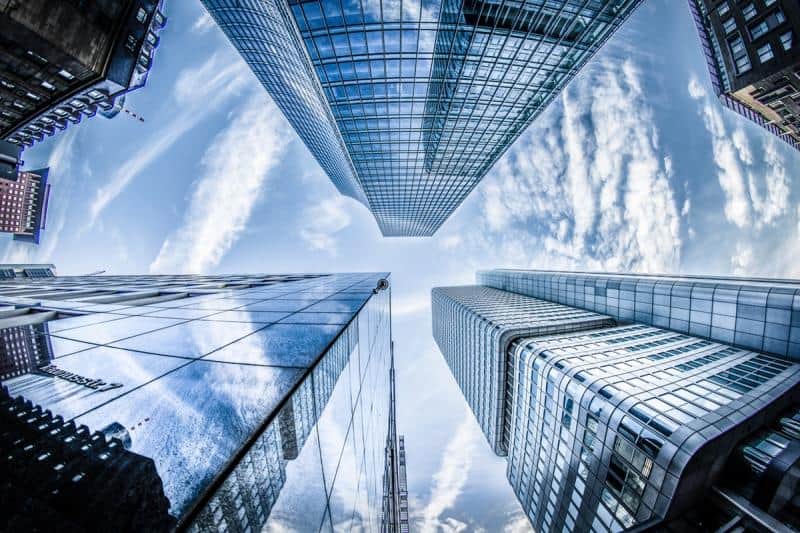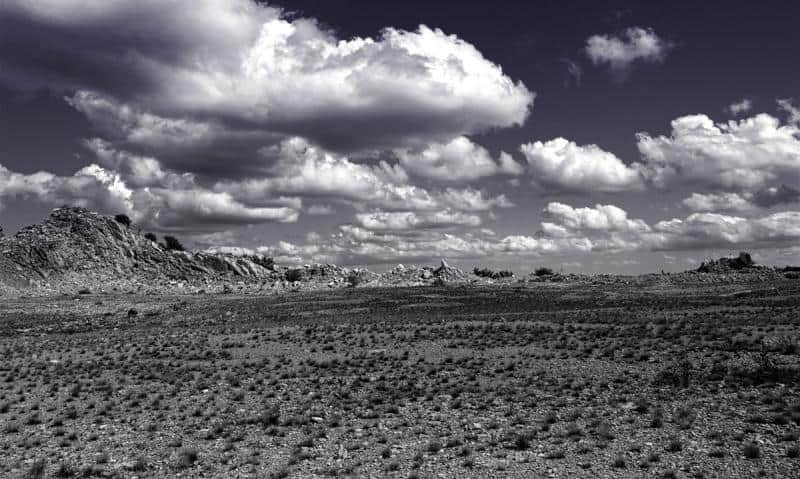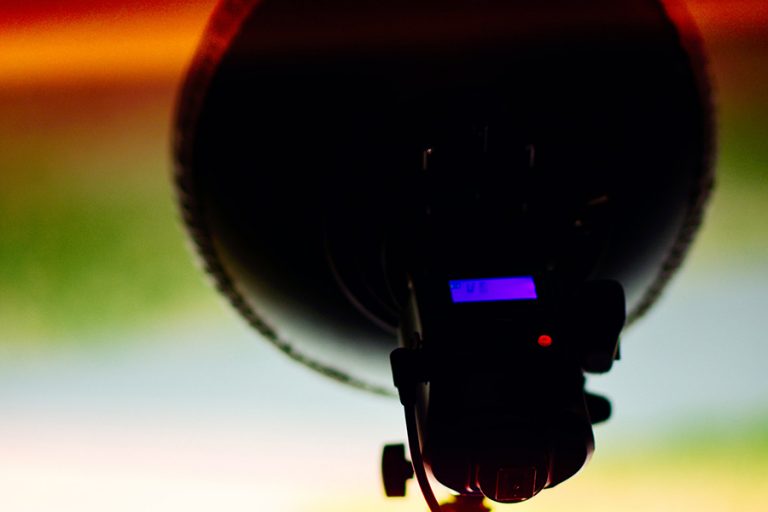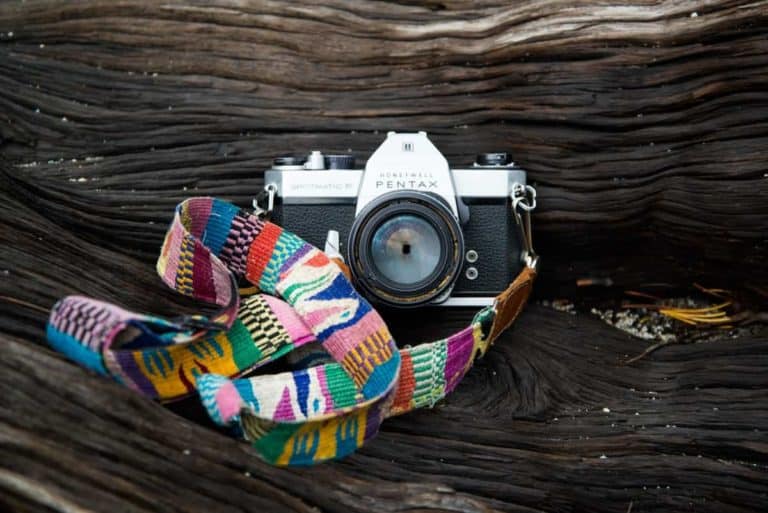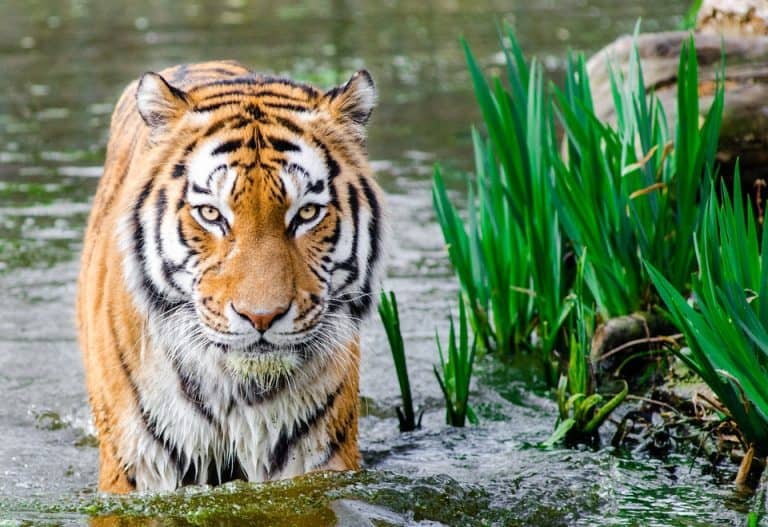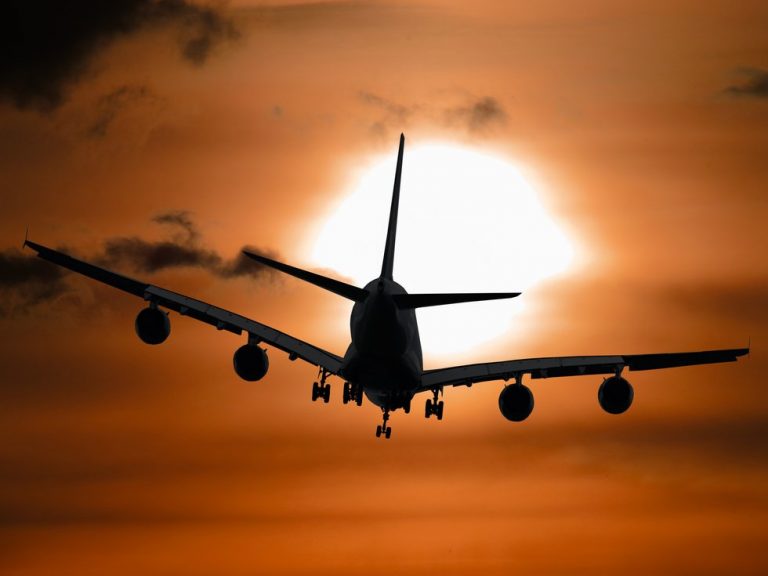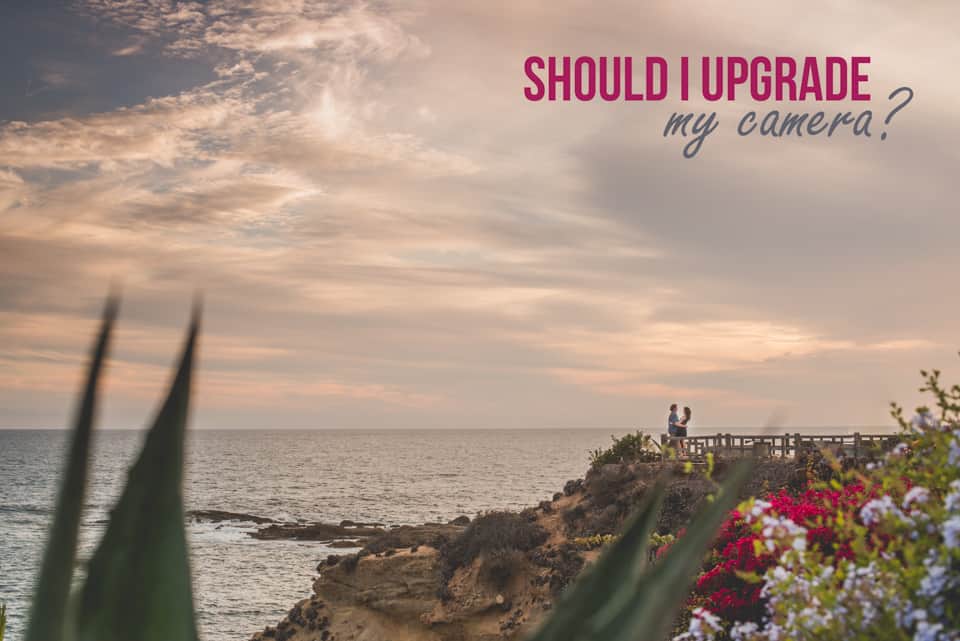Learn why a quality wide angle lens is a must for any landscape, street or event photographer to keep in their kit.
Has a scenic vista ever captivated your imagination? Maybe you’ve tried shooting family pictures in tight quarters? Or do you love that in your face view of street photography? If you’ve said yes to any of these situations, a wide angle lens might be a great lens for you.
What defines a wide angle lens?
A wide angle lens gives you a wider field of view than with a regular lens. A wide angle lens can actually take in a bigger field of view than the human eye!
(In case you’re wondering, our eyes see about the equivalent of a 50mm lens.)
Technically any camera with a focal length of less than 35 mm is considered a wide angle lens. Wide angle lenses come as a prime lens like the Sigma ART 35 mm f/1.4 lens. They also come as zoom lenses, either as a dedicated wide angle zoom (Canon’s EF-S 10-22mm f/3.5/4.5) or as part of a wide-telephoto zoom (Nikon’s 24-120mm f/4 lens). Ultra wide-angle lenses are (15mm or wider) also called fisheye lenses. These lenses offer up to a 180 degree field of view so that straight lines in the outer areas of the image appears curved.
If you’re shooting a crop sensor camera, remember that you’ll need to multiply the lens’s focal length by the crop factor of your camera to get the true reach of the lens.
What is a wide angle lens used for?
Wide angle lenses typically help capture a wide field of view, such as a landscape or cityscape. But they can also be used for portraits in close quarters or for creatively expressing a scene in a way a standard length lens can’t.
Wide angle lenses are usually associated with landscapes, astrophotography, real estate, and photojournalism. But just about any kind of photographer can benefit from a wide angle lens if you understand it’s strengths and shortcomings.
Want to break into real estate photography? We can help!
Wide field of view
Most beginning photographers want a wide angle lens for the wide field of view. You don’t need as much room to maneuver for portraits in a crowded ballroom when shooting a wedding, for example. Or you can use it to shoot a cake smash session in a client’s tiny living room.
Landscape photographers use a wide angle lens to capture more of a scene as well. The wide view allows for great depth of field, too, giving a landscape or cityscape great depth and texture.
The downside of this wide field of view is that to fill the frame with a subject, you often need to be very close to it. Getting up in the business of a shy kid, a wild animal or even someone on the street isn’t always feasible.
Distortion
With a wide-angle lens, objects become distorted. Things closer to the camera appear larger than things further away, even if they are the same size. Use distortion to your creative advantage in composition!
For example, straight lines in a scene will appear to converge faster than when viewed by the naked eye. And something really close to the lens can take on a larger-than-life perspective, such as in the image of the dog below. This can help create a more compelling story in your image.
BUT distortion can also work against you. Distortion isn’t always flattering when it comes to portraits. Faces get stretched out, body parts look bigger than they are (or at least bigger than we want them to look relatively speaking!) Buildings or lines can also look crooked. Post-production software can fix some of these items, but not all of them.
Learn more about becoming a landscape photographer!
[ad id=’4′]
What are the best wide angle lenses?
Your idea of the best wide angle lens will depend on its use, your camera and your budget. The best wide angle lens for cityscape shooters, for example, will differ from the best wide angle lens for a family portraits photographers. But here are a few to consider!
Best wide angle lens for crop sensor cameras
The Nikon AF-S DX 35mm f/1.8G is a dynamo of a lens. It’s small and lightweight. Carry it around all day and you’ll hardly notice it. That small package packs a punch though. It’s sharp, fast and produces some outstanding images. As one review said, it’s a no-brainer for shooting in low light. Anyone with a Nikon crop sensor camera should own this lens. $200 new at most retails stores.
Best wide angle lens for portrait photographers
The Sigma ART 35 mm f/1.4 lens is positively dreamy. If you’re looking for a wide(ish) angle for family and wedding photography, you won’t regret this lens. The bokeh is beautiful, it’s riduculously sharp and at f/1.4 it’s fast and and a true low light performer!
Best wide angle/portrait lens
The Nikon 24-70 f/2.8 and Canon 24-70 mm f/2.8 lenses aren’t just for wedding photographers…they are loved by landscape and travel photographers, too! These workhorses lenses are versatile and dependable with great focusing abilities.
What Canon lens is best for wide angle photography?
The Canon 16-35 mm f/4 L IS is by all accounts Canon’s best ultrawide lens for just about everything. Landscape, nature, real estate, you name it, this lens performs. It’s sharp even in the corners (important in landscape work) and comes with image stabilization. All of that in a lightweight and inexpensive package! Other lenses are faster, like the Canon 16-35 mm f/2.8 III, but they cost more, don’t feature IS and faster isn’t always better.
The Canon 24mm f/2.8 IS USM is another optically strong lens, and is affordable for most photographers. If you prefer primes to zooms and need a small and fast wide angle lens for your Canon kit, check it out.
What Nikon lenses are best for wide angle photography?
My favorite wide-angle Nikon lens is the Nikon 24 mm f/1.4G. I love its sharpness, color and contrast. And it’s fast, so it performs great in low light situations. I know I said most folks don’t use a wide angle lens for shooting portraits. But if you do, this lens would fit the bill! It is
Runner up is the Nikon 24 mm f/2.8 AF-D. It’s slower than the lens I listed above and it doesn’t have manual focus override. But it’s also a fraction of the price, making it a tremendous value for occasional wide angle shooters. It has a small profile and is built like a tank with an all-metal exterior. The 24 mm f/1.4 lens is phenomenal, but it’s the 24 mm f/2.8 AF-D that rides around in my camera bag as my wide-angle work horse.
5 Tips For Wide-Angle Lenses
#1. Keep your camera at eye level to help avoid converging lines. Take your time when composing your image and you’ll save yourself some headache in the editing room!
#2. Get in close and fill the frame. A wide field of view can provide lots of distracting elements in the background. Eliminate them by getting close to your subject and filling the frame with photography goodness!
#3. Make distortion work for you. Use the natural tendency of a wide angle lens to get creative. Get low to make tiny dogs appear ginnormous. Or take a high angle and see what happens. Nothing says you HAVE to eliminate that distortion.
#4. Use it for things other than landscapes. A wide angle lens can add context and depth to many stories. Experiment with how one conveys sports, portraits or real-life events!
#5. Beware of vignetting when using filters. A filter can be a great help for long-exposures. Cheap filters, or several filters stacked on one another, can cause fall-off or vignetting, where the corners of your image are darker than the center. Post-production editing can help fix it to some degree, but investing in quality filters built for your lens is always a better option.
Get low, get high, get close, get far. No matter how you choose to shoot it, get wide with a wide-angle lens! These lenses are a lot of fun to shoot, can stretch your skills creatively and help tell amazing stories. You won’t regret having one in your kit!
